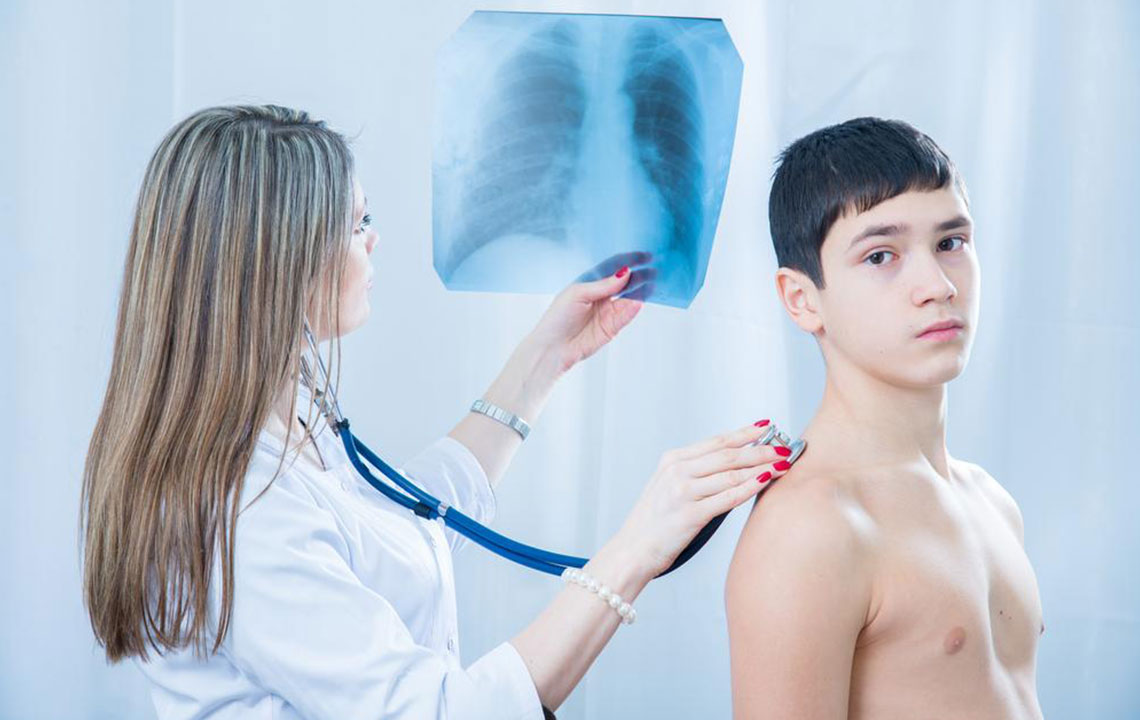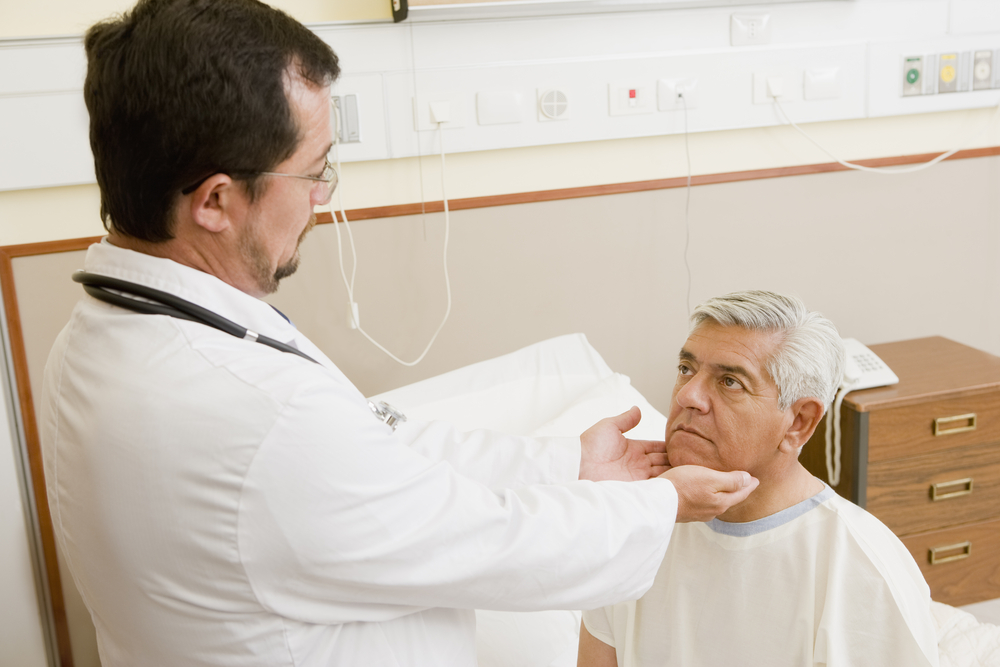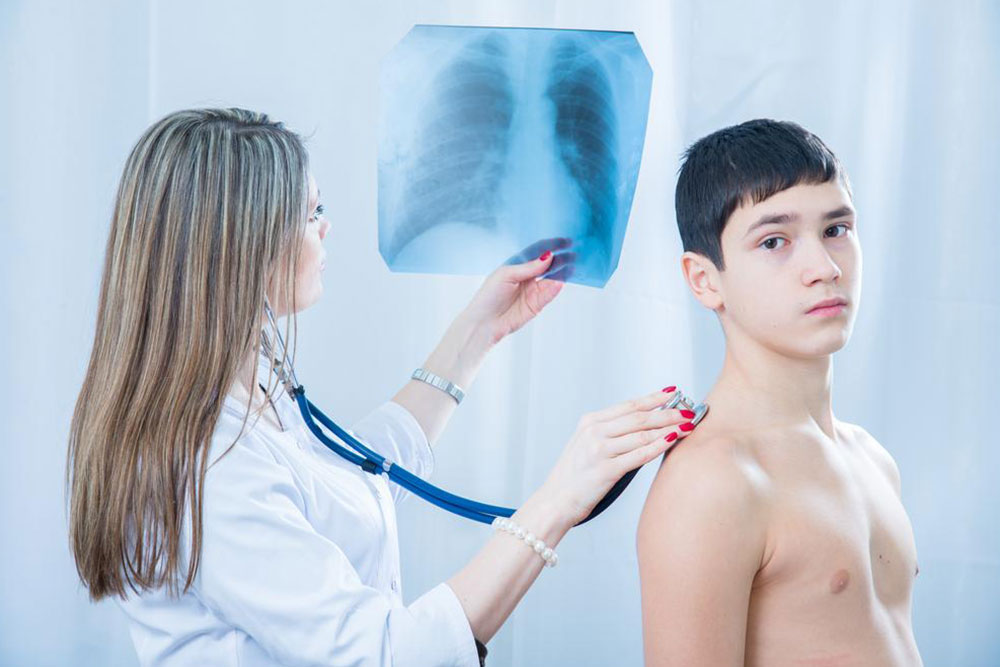Comprehensive Guide to Rotavirus: Recognizing Symptoms, Understanding Transmission, and Implementing Prevention Measures
This comprehensive article offers detailed insights into rotavirus, covering symptoms, transmission, and prevention methods. It emphasizes the importance of hygiene, vaccination, and early detection in protecting vulnerable populations from this highly contagious virus, especially among children. Learn how to recognize signs of infection and implement effective preventative measures to reduce the spread of rotavirus and prevent serious health complications.

Comprehensive Guide to Rotavirus: Recognizing Symptoms, Understanding Transmission, and Implementing Prevention Measures
Rotavirus is a highly infectious virus that targets the gastrointestinal system, leading to significant health concerns, particularly among young children worldwide. It is recognized as one of the primary causes of severe diarrhea and dehydration in infants and toddlers, posing serious health risks if not properly managed. Despite the absence of a universal cure, supportive care and preventive strategies greatly reduce disease severity and transmission. Early detection of symptoms, understanding how the virus spreads, and applying effective prevention measures are crucial steps in safeguarding vulnerable populations—and the broader community—from rotavirus outbreaks.
This extensive guide explores in depth the common symptoms associated with rotavirus infection, the pathways through which the virus spreads, and proven methods to prevent infection. Whether you are a parent, caregiver, healthcare professional, or simply someone interested in public health awareness, understanding rotavirus comprehensively can help protect yourself and others from this highly contagious virus.
Recognizing Symptoms of Rotavirus Timely recognition of rotavirus symptoms is essential for initiating prompt treatment and reducing complications. Typically, symptoms surface approximately two days after exposure to the virus and can persist from several days up to a week. The initial phase of infection often presents with classic signs such as fever and vomiting, which are followed by watery diarrhea that may last longer. Being vigilant about these signs can lead to quicker healthcare intervention, especially in vulnerable populations such as infants and elderly individuals.
Fever and Vomiting One of the earliest indications of rotavirus infection is high fever accompanied by vomiting. These symptoms usually develop within the first three days after infection and tend to subside by the fourth day, although their severity can vary among patients. Managing these symptoms effectively can help improve comfort and prevent dehydration.
Dehydration: The Major Concern Severe dehydration is a significant risk, especially among infants, young children, and older adults. Signs of dehydration include irritability, decreased urine output, lethargy, dry mouth, and an inability or refusal to drink fluids. When these symptoms manifest, immediate medical intervention is necessary to prevent life-threatening complications. Rehydration therapy, either orally or intravenously, is often essential for recovery.
Watery Diarrhea Following the initial symptoms, individuals may experience persistent watery diarrhea that can last up to seven days. This diarrhea can cause substantial fluid loss leading to dehydration if not appropriately managed. The diarrhea is often accompanied by abdominal discomfort and cramping, which tend to resolve as the infection progresses.
Stomach Cramps and Pain Stomach pains often occur alongside diarrhea, characterized by cramps or a sensation of tightness in the stomach area. These symptoms usually resolve within a few days, but in some cases may require symptomatic relief with over-the-counter medications. Proper hydration and rest are central to recovery.
Understanding the Causes and Transmission of Rotavirus Rotavirus primarily spreads through the fecal-oral route, making hygiene practices critical in preventing infection. The virus is shed in stool for up to two days before symptoms even appear, facilitating unnoticed transmission. Contaminated surfaces, objects, or food can serve as vectors for the virus. Poor hygiene, such as not washing hands after bathroom visits or diaper changes, significantly increases the risk of spreading rotavirus. The virus can survive on surfaces for months, making disinfection and hygiene practices vital in controlling outbreaks. Notably, even vaccinated individuals can contract the virus, though vaccination significantly reduces the severity and likelihood of serious illness.
Effective Prevention Measures Preventing rotavirus infection involves a combination of good hygiene, vaccination, and environmental measures. Regular handwashing with soap and water after using the bathroom, changing diapers, and before preparing or consuming food can markedly decrease transmission. Vaccination remains one of the most effective preventive strategies. The two main vaccines—RotaTeq and Rotarix—are highly effective, especially when administered during early childhood, ideally before six months of age. These vaccines have been shown to greatly reduce the risk of severe illness, hospitalization, and death related to rotavirus. Additional measures include disinfecting contaminated surfaces and avoiding contact with infected individuals during outbreaks.
In summary, rotavirus remains a significant public health challenge globally, particularly affecting children under five years old. Understanding the symptoms, transmission routes, and proven prevention strategies is critical to controlling its spread and reducing associated health complications. Emphasis on hygiene, timely vaccination, and early medical intervention can make a critical difference in managing rotavirus infections effectively, safeguarding the health of individuals and communities.





